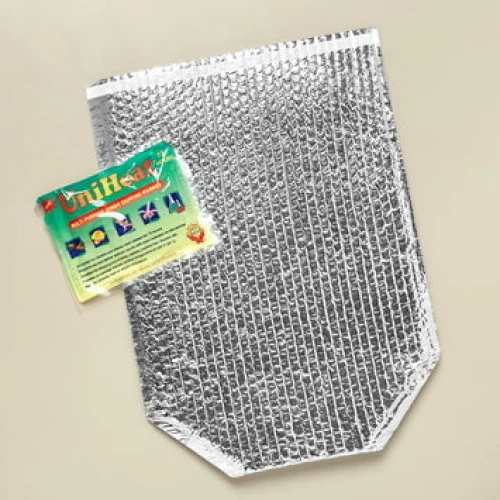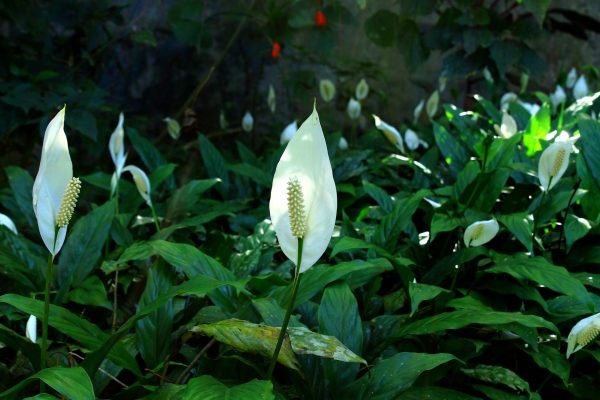Cryptanthus, commonly known as Earth Stars, are captivating bromeliads appreciated for their unique star-like rosettes and vibrant foliage. This comprehensive care guide is your key to cultivating and appreciating the exquisite beauty of Cryptanthus, bringing a touch of enchantment to your indoor garden.
I. Plant Overview:
- Scientific Name: Cryptanthus spp.
- Common Names: Earth Stars, Cryptanthus
- Origin: Native to Brazil.
II. Light Requirements:
- Ideal Conditions: Indirect, filtered light. Cryptanthus prefers bright, but not direct sunlight.
- Tolerance: Adaptable to lower light conditions, but vibrant colors may fade.
III. Watering:
- Frequency: Keep the central cup of the rosette filled with water. Water the soil when the top inch feels dry.
- Water Quality: Use room-temperature water. Ensure the soil is well-draining to prevent waterlogged conditions.
- Humidity: Cryptanthus appreciates higher humidity levels. Regular misting or placing in a group with other plants can help.
IV. Soil:
- Type: Well-draining, acidic soil mix. A blend for bromeliads or orchids is suitable.
- pH Level: Slightly acidic to neutral (pH 5.5-7.0).
V. Temperature and Humidity:
- Temperature: Maintain a warm environment between 60-75°F (15-24°C). Protect from cold drafts.
- Humidity: Cryptanthus thrives in higher humidity. Adequate air circulation is essential.
VI. Fertilization:
- Schedule: Feed every 2-4 weeks during the growing season (spring and summer).
- Fertilizer: Use a balanced liquid fertilizer, diluted to half strength. Reduce fertilization in the dormant season.
VII. Pruning and Maintenance:
- Pruning: Trim brown or damaged leaves close to the base. Remove spent or unsightly outer leaves.
- Cleaning: Gently wipe the leaves with a damp cloth to remove dust. Keep the rosettes clean for optimal appearance.
VIII. Repotting:
- Frequency: Repot every 1-2 years or when the plant outgrows its container.
- Procedure: Gently lift the plant, inspect roots, and repot in fresh soil. Choose a container with drainage holes.
IX. Common Issues and Solutions:
- Brown Tips: Dry air or underwatering. Increase humidity and adjust watering habits.
- Pests: Check for spider mites or scale. Treat with insecticidal soap or neem oil.
- Drooping Leaves: Overwatering or poor drainage. Adjust watering and ensure good soil drainage.
X. Propagation:
- Method: Offset division or seeds.
- Timing: Spring or early summer.
- Process: Gently remove offsets (pups) or sow seeds in a well-draining mix. Plant in a separate container until established.
Cryptanthus, with its captivating rosettes, adds a touch of enchantment to indoor gardens. This guide equips you with the knowledge to nurture these Earth Stars, ensuring they thrive and showcase their exquisite beauty in your living space. Happy gardening!
our recommendation
you may also want to know





























